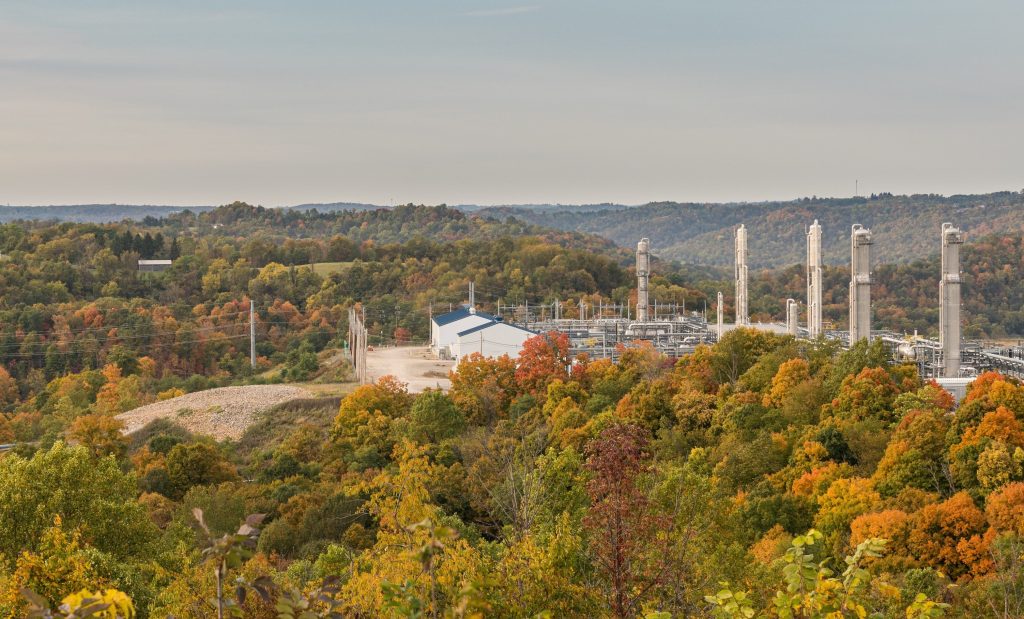A new study found low-producing oil and gas wells make up about half of potent methane emissions emitted from all well sites in the U.S. while accounting for just 6% of the nation’s oil and gas production.
Led by the Environmental Defense Fund, the report found an estimated 565,000 low-producing sites making less than 15 barrels of oil per day across the country, with a large number in Pennsylvania and the Appalachia region.
Mark Omara, senior analyst for the Environmental Defense Fund, said the high amount of leaking methane emissions, about four million metric tons annually, is a big concern for the climate.
“This matters a great deal,” Omara stressed. “Because methane, which is the main component of natural gas, is such a powerful greenhouse gas, with its emissions into the atmosphere packs more than 80 times the global warming effect of carbon dioxide over the first 20 years following emissions.”
This weekend, Pennsylvania officially entered the Regional Greenhouse Gas Initiative, which puts a price on carbon, as the regulation was published in the state code. It is the first fossil fuel-producing state to join the program.
Lois Bower-Bjornson, Southwestern Pennsylvania field organizer for the Clean Air Council, said her home is surrounded by low-producing wells. She noted a proposed ruling from the Environmental Protection Agency (EPA), which would require oil and gas companies to monitor well sites for methane leaks is needed.
“It’s important for the EPA to set stronger standards so that states like ours that are energy-producing states can look to the EPA to guide us to do the right thing,” Bower-Bjornson contended. “And if this is a federally mandated law, as it should be, then we have to do what the EPA is telling us to do.”
She added the study underscores the importance of federal standards addressing pollution from smaller sites. Once federal regulations are finalized, Pennsylvania can develop implementation plans to tackle the problem and tailored to realities on the ground.





